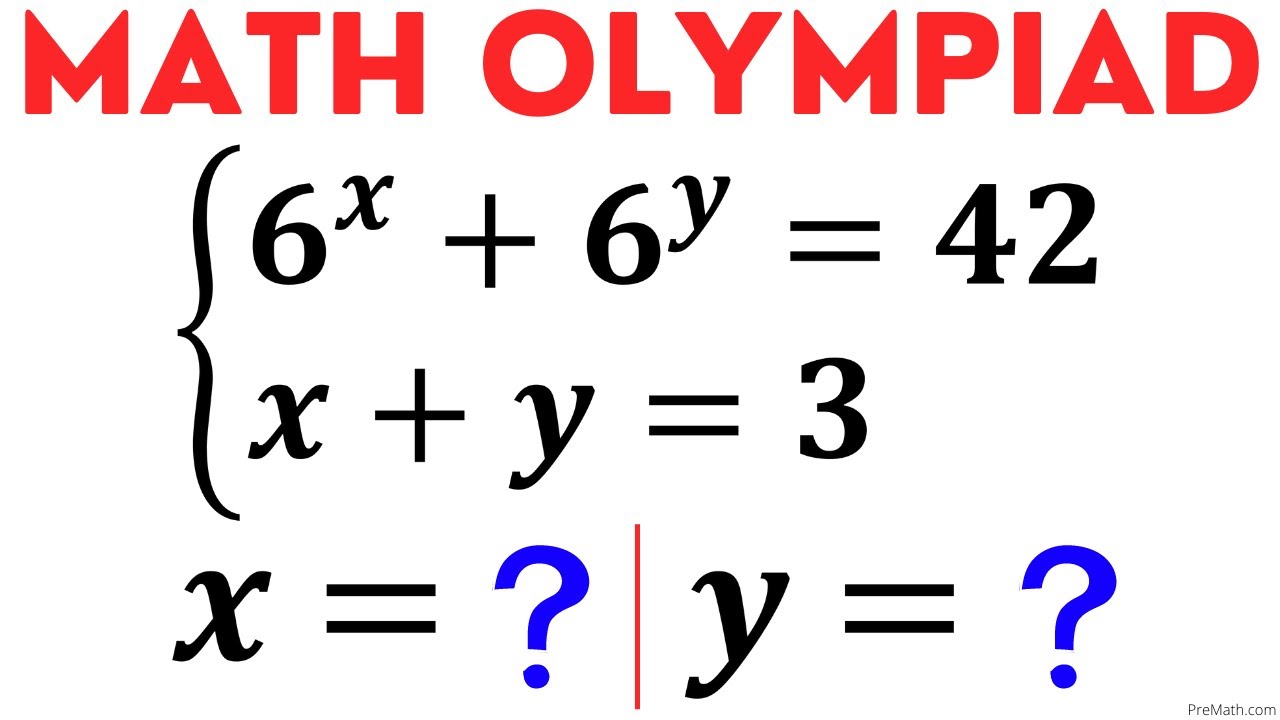Our goal is to find the real values of ‘n’ in the following polynomial equation. But before we dive into this challenging problem, if you’re new to this channel, please consider subscribing and hitting the notification bell so that you’ll be notified whenever we release another exciting video like this one.
The problem at hand is a polynomial equation: n^6 – n^3 = 2. To solve this algebraic puzzle, let’s start by simplifying it. We notice that the term with the smallest exponent is n^3, so we’ll aim to isolate n^3. To do this, we can apply the law of indices, which states that a^(m – n) = a^m / a^n. In this case, we want to find two numbers whose product equals 3, and one of them must be 3 itself.
We discover that 3 times 2 equals 6, so we can rewrite the equation as n^3 * 2 – n^3 = 2. By applying this law, we now have: 2n^3 – n^3 = 2, which simplifies to n^3 = 2. To make the calculations simpler, we introduce a variable ‘P’ and let P = n^3. This transforms our equation into a quadratic one: P^2 – P – 2 = 0.
Now, let’s factorize this quadratic equation. We need to find two numbers that multiply to -2 and add up to -1. These numbers are -2 and +1. So, we can rewrite the equation as (P – 2)(P + 1) = 0, which gives us two possible cases to consider.
Case 1: P – 2 = 0 This leads to P = 2.
Now, we’ll substitute this value back into our equation, P = n^3, and solve for ‘n’: n^3 = 2
To find the real root, we’re looking for the sixth root among all the roots. Instead of taking the cube root, we’ll use a different approach. We’ll rearrange the equation as follows: n^3 – 2 = 0. Then, we’ll introduce a third root to the 2, which doesn’t change the equation’s value:
n^3 – 2 * (1^(1/3)) = 0
Using the rule of indices, which states that a^(m/n) = (a^m)^(1/n), we get:
n^3 – 2^(1/3) = 0
Now, we can apply an algebraic identity: (x^3 – y^3) = (x – y)(x^2 + xy + y^2). In our case, this identity becomes:
n^3 – 2^(1/3) = (n – 2^(1/9))(n^2 + n * 2^(1/9) + 2^(2/9)) = 0
This gives us two cases to explore:
Case 1: n – 2^(1/9) = 0 This leads to n = 2^(1/9), which is the first real root.
Now, let’s look at Case 2, where P = -1.
Case 2: P + 1 = 0 This implies P = -1.
Now, we’ll substitute this value back into our equation, P = n^3, and solve for ‘n’: n^3 = -1
Following a similar approach as in Case 1, we introduce a third root to the -1:
n^3 – (-1^(1/3)) = 0
Simplifying further:
n^3 + 1 = 0
Applying the algebraic identity again, we get:
n^3 + 1 = (n + 1)(n^2 – n + 1) = 0
Now, we have two cases:
Case 1: n + 1 = 0 This leads to n = -1, which is our third real root.
Case 2: n^2 – n + 1 = 0 This quadratic equation doesn’t yield real roots as its discriminant is the square root of -3, making it imaginary.
In summary, we have found three real roots for our original equation:
- n = 2^(1/9)
- n = -1
- n = 2
These are the solutions to the international math Olympiad problem we started with. If you have any questions or if you’re new to this channel, please subscribe, and don’t forget to turn on the notification bell. Thank you for watching, and I appreciate your support.
